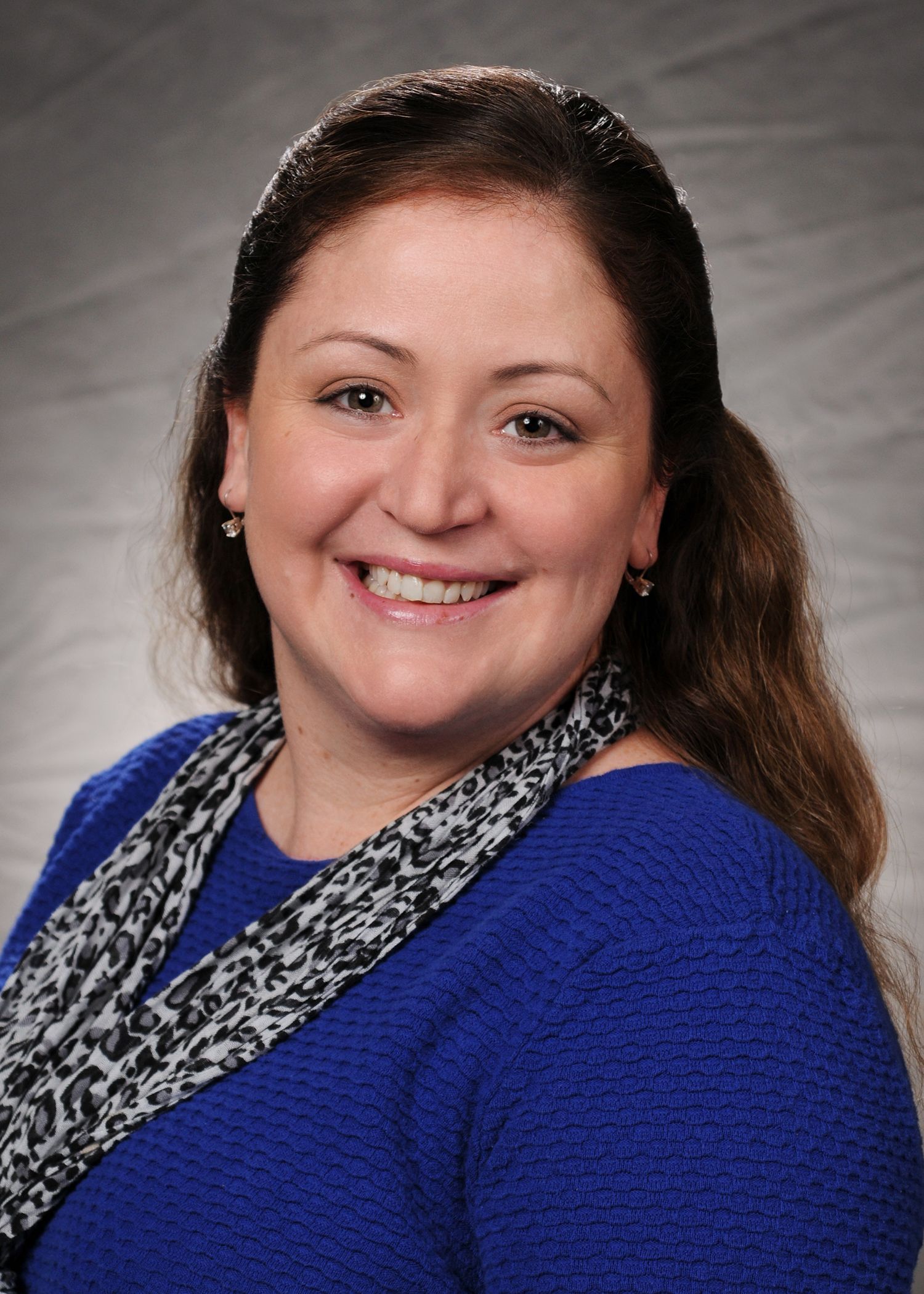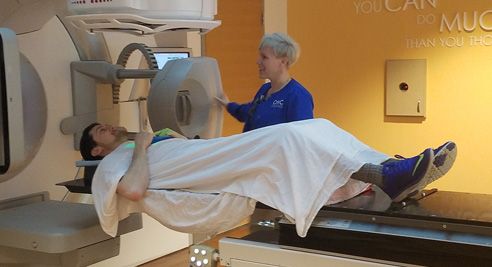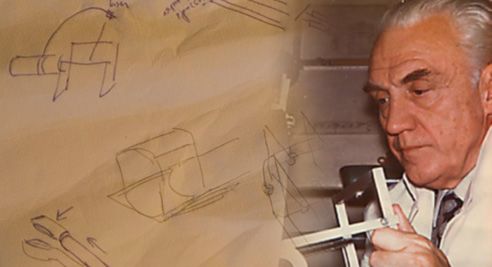MOSAIQ teams with Epic to focus on RO workflows

Jefferson Health System’s Department of Radiation Oncology finds a successful balance between enterprise-wide Epic EMR and MOSAIQ OIS
Focus on: Paper use down 30 percent, a dramatic reduction in phoned-in information requests, co-pay collection rate up 20 percent and reconfigured MOSAIQ workflows boost department efficiency.

Jefferson Health’s (Philadelphia, Pennsylvania) transition from GE’s IDX Centricity EMR to Epic Enterprise EMR had the Department of Radiation Oncology at the health system’s Thomas Jefferson University Hospital, (home of the NCI-designated Sidney Kimmel Cancer Center), ceding control of some information streams managed by MOSAIQ. However, at the same time, the flexibility of Elekta’s oncology-specific software enabled major radiotherapy workflow improvements. By implementing Epic with a focus on meeting the department’s requirements, MOSAIQ not only stayed intact but was responsible for a decrease of 30 percent in paper use, in addition to triggering a steep drop in incoming phone calls seeking patient information.
Gearing up for a change
The prospect of integrating Epic with radiation oncology was met with some uncertainty, according to Anne Lowther, Administrator of the Department of Radiation Oncology, Thomas Jefferson University Hospital. Administration at Jefferson Health encouraged the department to maximize their use of Epic in order to increase the department’s visibility within the greater health system.
Operating five EMRs for different functions: JeffChart (inpatients), ARIA (Brainlab cases), Jeff Signature Plus (inpatient dictation), Nuance 360 (outpatient dictation) and MOSAIQ was one of the issues, as there was a need to share information with departments not interfaced to a given radiotherapy EMR.
“We realized there was some redundancy that could be eliminated,” she notes.
According to Nicholas DeGregorio, Director of Information Services and Technology for the Sidney Kimmel Cancer Center, the imperative to integrate Epic into Jefferson Health’s Department of Radiation Oncology – while challenging – presented the department with an invaluable opportunity to upgrade MOSAIQ and provide clear workflows that address the gaps present in an enterprise EMR.

“We wanted the department to be transparent to the hospital,” he asserts. “In other words, we wanted healthcare providers to be able to see all aspects of the patient’s chart in one location. This transparency would greatly reduce redundant workflows, unnecessary work, paper use and phone calls.”
The Department of Radiation Oncology’s successful process of integration provides learning opportunities for other healthcare institutions, which are summarized in the following five tips.
1. Do your homework, build your teams
To most of the Radiation Oncology’s staff, Epic was an enigma.
“We didn’t know what Epic’s capabilities were or how it would integrate with MOSAIQ,” Lowther says. “So, one of the first things the Epic integration team did was survey many of our radiotherapy peers nationally who had integrated Epic. Then, we needed to understand our current workflows and determine how they could be improved.”
The peer survey entailed phone calls with individuals at 27 different centers that had implemented Epic to varying degrees. As Lowther recalls, it was a frustrating process.
“We found that there was no answer – no one could guide us,” she says. “Everyone did something different. It was like we were collecting puzzle pieces.”
“Almost none of the locations we contacted had full-blown Epic implementations, because Epic is based on modules,” DeGregorio adds. “You could have all of them or you could have just the radiology module and the scheduling module, for example. Jefferson Health had purchased all of the available Epic modules. We realized we were blazing a trail.”
For recommendations, Lowther reached out to Elekta, which arranged site visits to three nearby Epic reference sites. The meetings proved to be more valuable than the 27 phone surveys combined, she says.
“The phone calls gave us a feel for what we wanted to do, but the site visits really allowed us to establish a definite pathway forward,” Lowther recalls. “They showed us what worked and what didn’t and what to look out for.”
2. Establish your priority goals
For the Epic integration into the Department of Radiation Oncology, the radiation therapy team had three goals:
- Increase transparency and efficiency
- Increase quality and safety
- Streamline workflows and processes
The team initially thought it could achieve these goals by purchasing every available interface and maintaining duplicate data sets in both systems – to keep as many people working in a single system as possible.
“In radiation, because we’re so specialized, we’re used to living in our own world and all we think about is building interfaces for transparency,” Lowther explains. “But this wasn’t feasible due to a lack of resources to build multiple interfaces, Jefferson Health’s directive to not maintain duplicate data sets and the fact that many interfaces would serve as a crutch to not embrace Epic and join our hospital community.”
Jefferson Health’s central administration confirmed its desire that radiation oncology should use Epic as the “source of truth” for select data sets, DeGregorio adds.
“We told administration that we wanted all 12 available interfaces, but they declined that request for the reasons Anne mentions,” he says. “In particular, it was Jefferson Health’s concern that having multiple documents being scanned and copied across EMRs risked the confidentiality of patient information.”
3. Understand the Epic and MOSAIQ workflows

As much as Epic was a relative unknown to the staff of the Department of Radiation Oncology, Epic’s understanding of radiation oncology was equally limited, according to Lowther and DeGregorio.
“For one, Epic doesn’t have a module for radiation oncology so we weren’t even on their radar,” Lowther says. “They classified us as an ambulatory department. You just can’t put radiation oncology in the same bucket as a primary care doctor. Epic also couldn’t give us recommendations or references or a playbook on how other facilities have managed an Epic-MOSAIQ integration. We were completely on our own.”
It was clear that the radiation oncology team needed more intimate representation within Epic to generate an understanding of radiation oncology’s unique needs. The answer was to establish rapport with the Epic consultant.
“We formed a close working relationship with an Epic integration analyst,” Lowther says. “This was invaluable because he could speak both Epic’s and MOSAIQ’s language and we were able to hand him a workflow and ask him to help us make it work.”
“We embedded him within our department,” DeGregorio adds. “He really helped us understand the limitations and he really was a good communication bridge to go back to our hospital and back to Epic and tell them what we are dealing with and to give us a voice at the table.”
The Epic analyst’s Elekta counterpart was Dwayne Wowk, ESI Project Specialist, an expert at developing and implementing interfaces.
“Dwayne was invaluable,” Lowther stresses. “His knowledge of interfaces and recommendations for what can and can’t work was critical.”
Wowk’s expertise was particularly vital in reconciling the disparate billing configurations between Epic and MOSAIQ, DeGregorio says.
“The billing structure through Epic is vastly different than how we billed through previous billing modules we used, such as Allscripts, McKesson and Centricity,” he explains. “The terminology is different and Dwayne helped us bridge that terminology. I would say, Elekta’s Dwayne, the Epic consultant and our Revenue Director were the three most important people that made the Epic implementation successful.”
4. Recognize that the revenue cycle is key from the beginning
Although the Department of Radiation Oncology’s Epic implementation team included radiation oncology superuser representatives from billing, information technology, front desk, nursing, medical physics, therapy and physicians – to ensure efficient workflows for everyone in the department – the most important individual, again, was the Revenue Director, according to DeGregorio.
“The revenue cycle team became the focal point due to the technical tasks and workflow activities, which heavily involved the Revenue Director,” he says. “I had my work cut out for me building the new interfaces and operations was redesigning the workflows, but the Revenue Manager had to participate as a full member on both of those teams the entire time. Essentially, there was no rest for her the entire project.”
The team appreciated the importance of the revenue cycle and understood that a smooth integration of MOSAIQ and Epic was critical to the department. Consequently, DeGregorio and the Revenue Director led a concerted effort to reconfigure the MOSAIQ billing workflow to harmonize it with Epic. This work paid off in a major way during the two-phase go-lives in November 2016 and April 2017.
“We hadn’t been required to reconfigure our workflows,” DeGregorio says. “But we heard horror stories about what happened to some radiation oncology departments that did not do things as methodically as we did. They hadn’t consulted with colleagues that had gone through Epic transitions, they did not set up superuser groups and get a voice at the table with hospital administration. They suffered because they didn’t do their homework.”
What happened to those departments, according to Lowther, is that they became “paralyzed.”
“A patient would come in for a general practitioner visit and spend four hours to get checked in,” she recounts. “Some departments didn’t bill for a year. When Jefferson Health went live, it was business as usual and we billed that day. Epic informed us that we were in the top six percent of the nation for the success of our roll-out.”
5. Enjoy your achievements
The Department of Radiation Oncology is now in a fine-tuning, workflow optimization stage involving a continuous process of condensing workflows and removing superfluous workflow steps, Lowther reports. She now has the luxury of looking back on a successfully completed project.
“I think we did an excellent job,” she says. “Overall, our physicians are pleased and the clinic has improved dramatically. The redundant workflows are essentially gone as are three of the five pre-existing department EMRs. Department efficiency is significantly improved; we were able to reduce our FTEs by two-and-a-half and we decreased the use of paper in our department by about 30 percent just from not having to fax. Our phone calls from internal physicians asking for more information have dropped to about 100 calls per month incoming.
“Our collection rate at the front desk for co-pays is up about 20 percent and our nurses are completing real-time documentation, as are our physicians,” she continues. “That was probably one of the biggest wins because it increased our efficiency in the clinic and reduced our visit time.
“Once we ceded control to Epic of some of our traditional information streams, we realized we could use the integration to fix our redundant workflows and improve our operations,” Lowther concludes. “The Epic integration served as an opportunity to streamline a number of radiation oncology-specific workflows and further drive efficiency with MOSAIQ’s powerful automation tools.”





